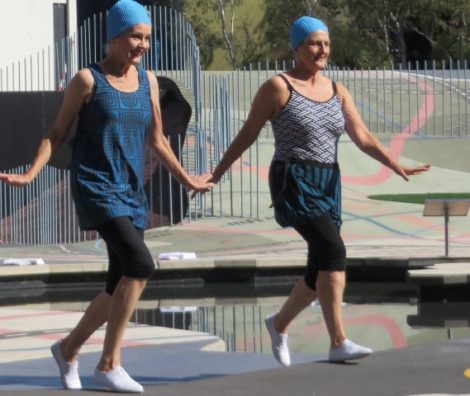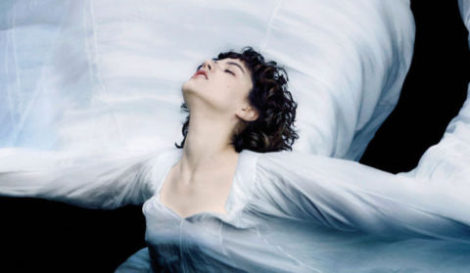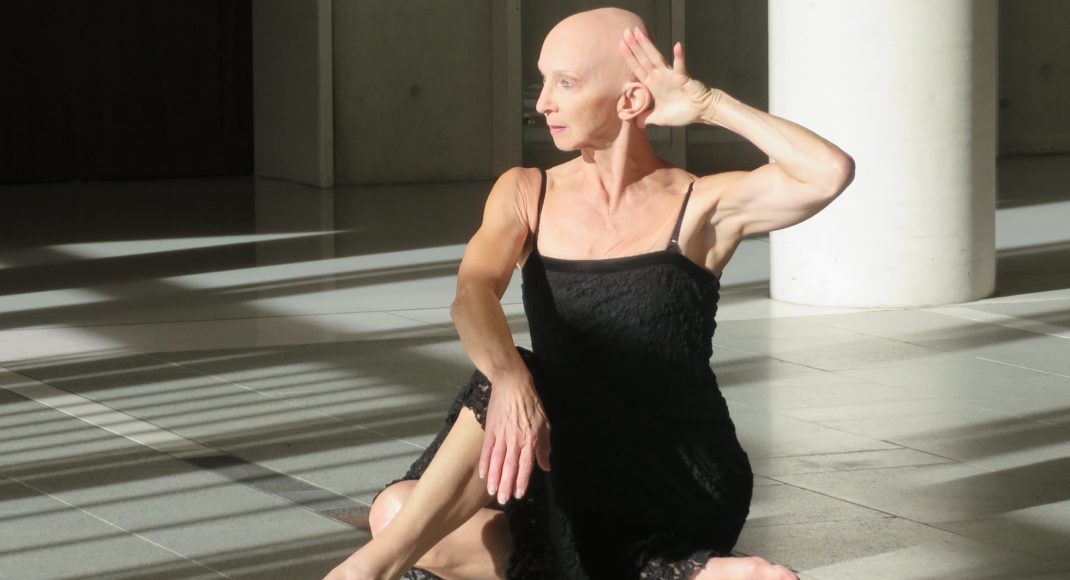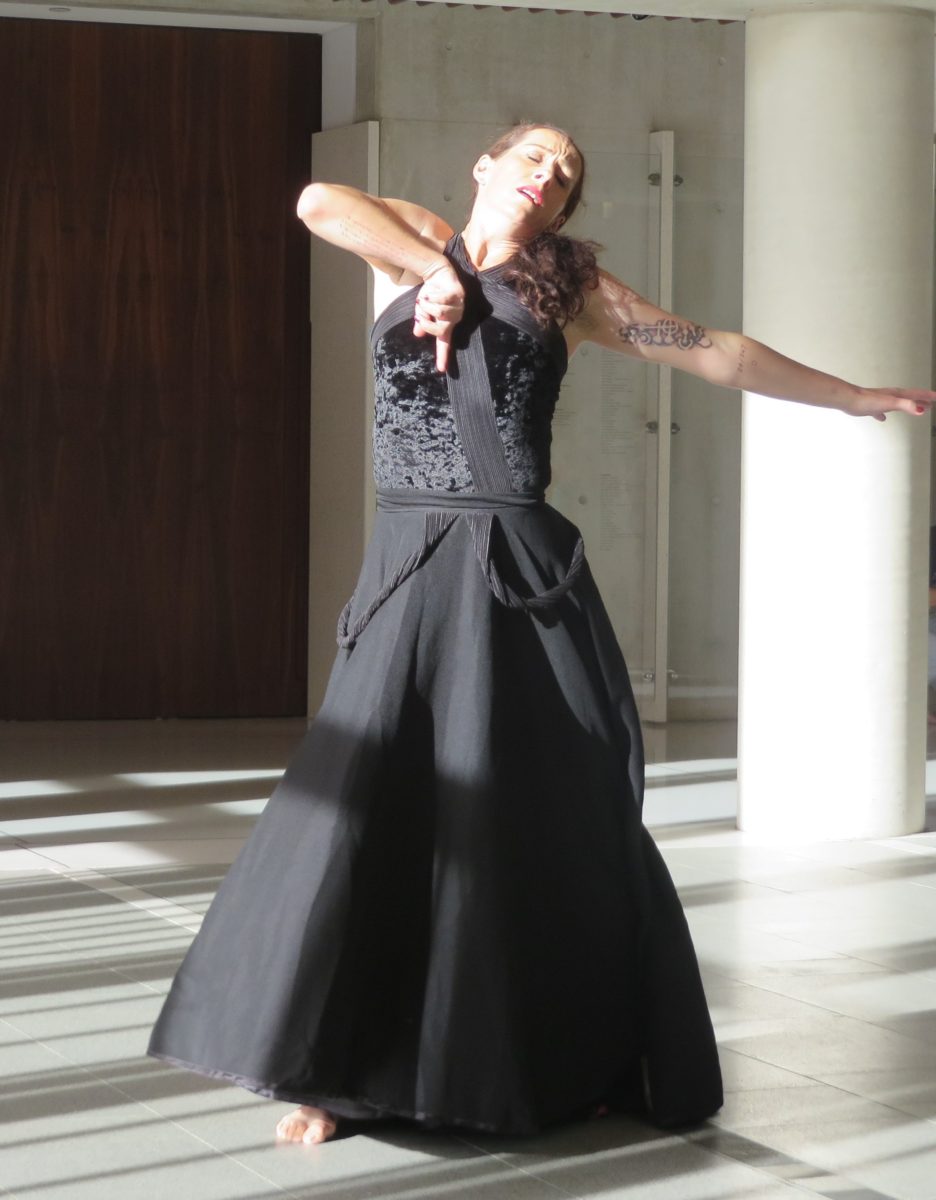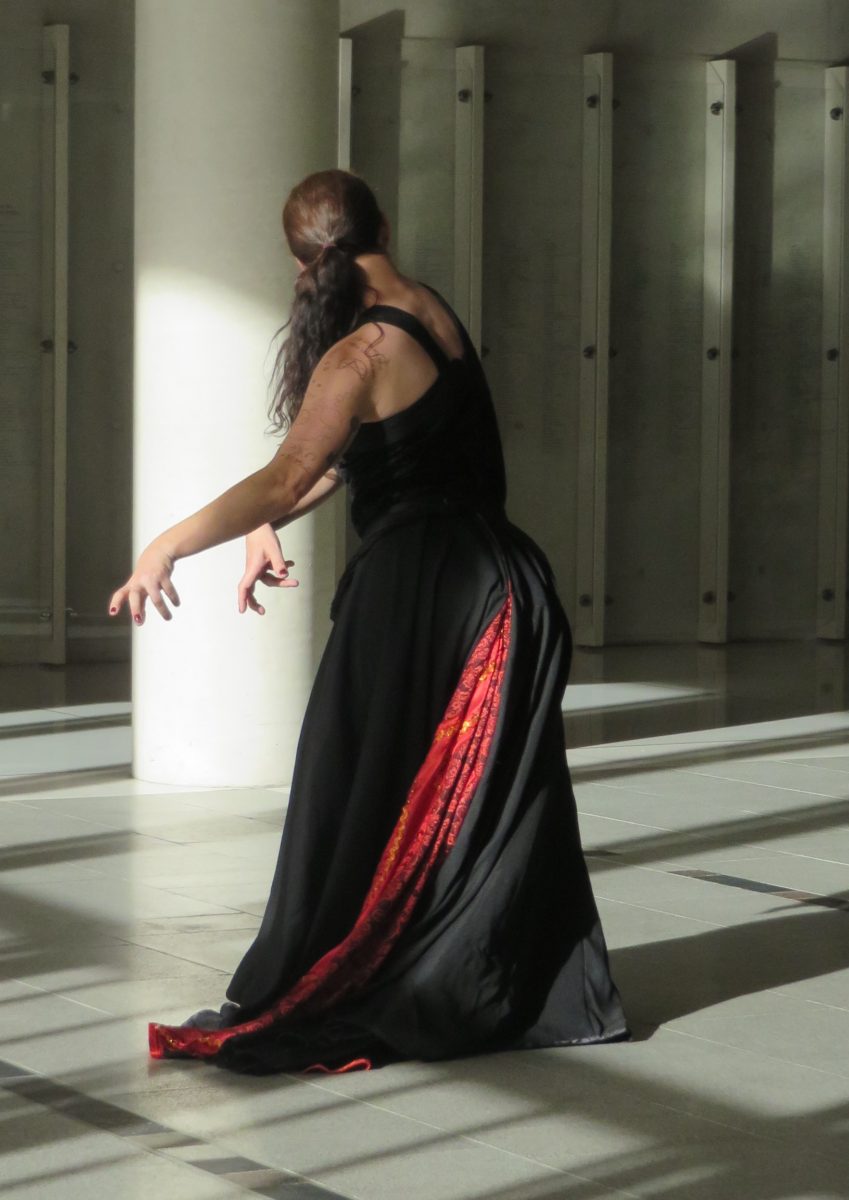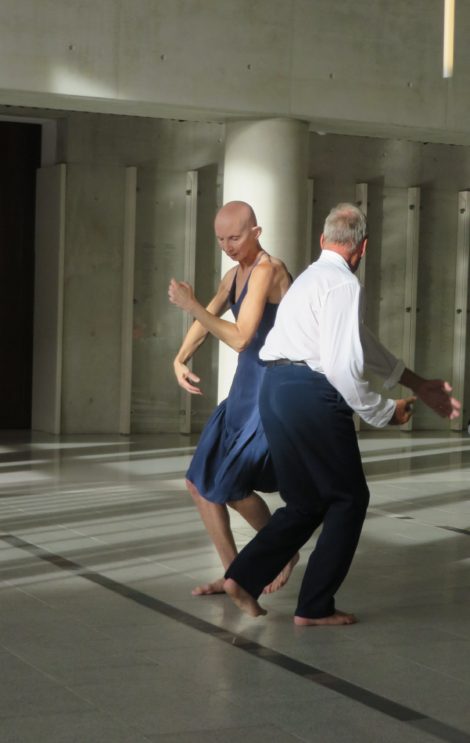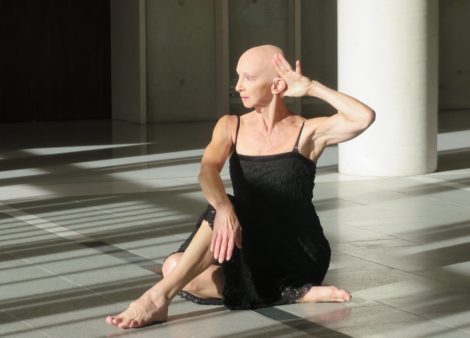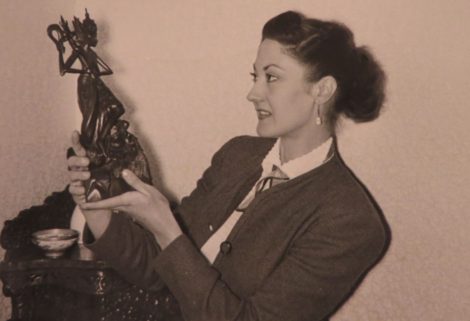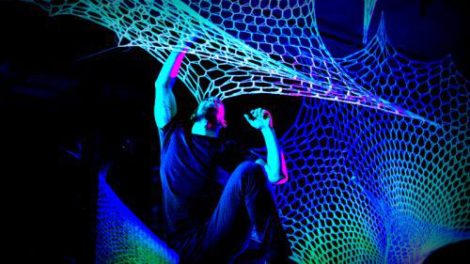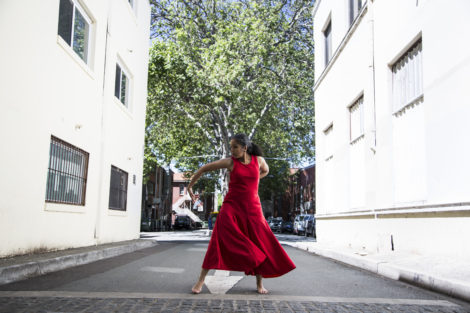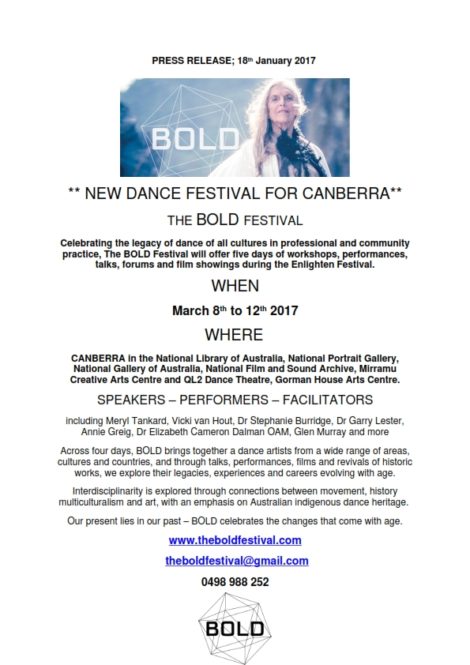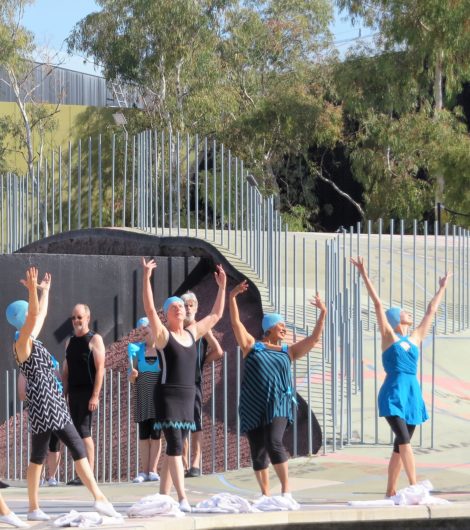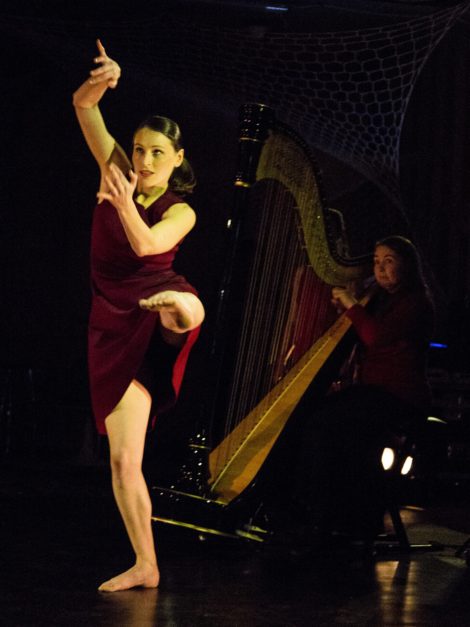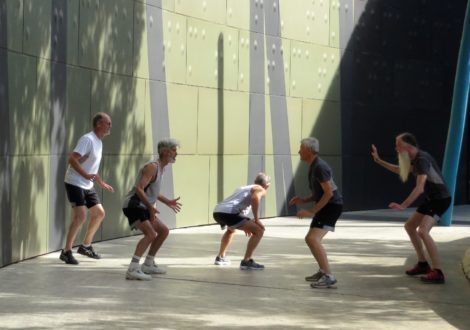Recently I spoke to Shaun Parker about his work Blue Love, which will have a short season at the Canberra Theatre Centre later in August. I was somewhat taken aback (to put it mildly) when I saw the byline for the article that appeared in the print version, and its digital copy, of the The Canberra Times (Panorama) this morning (Saturday 5 August 2017). Apparently someone thought Karen Hardy wrote it. She didn’t. I did. Here is the unchangeable byline I saw this morning.
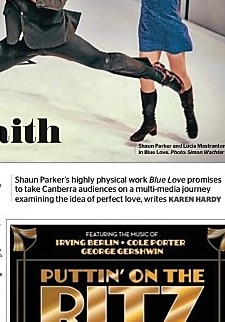
Here is my text.
Dancer and choreographer Shaun Parker always enjoyed taking dance classes as a young boy in Mildura, Victoria, where he was born. But he went on after he’d finished school to study science at Monash University, and it was there that dance re-entered his life. He discovered a dance society at Monash and found himself dancing every night. Dance, with its wide range of collaborative elements, became an all-consuming passion for him and he enrolled at the Victorian College of the Arts with the aim of eventually pursuing a professional career as a dancer.
Not long after graduating from his tertiary dance training he was selected by Meryl Tankard to join her company, Meryl Tankard Australian Dance Theatre, which was just starting up in Adelaide. He stayed with Tankard for seven years, touring across Australia and around the world with her company.
‘It was a wonderful time with Meryl,’ he says. ‘They were formative years for me and it was such a great experience to learn from her and to be exposed to her knowledge. I was heartbroken when Meryl was removed from her role as artistic director. We were leading the world when she was dismissed. It was brutal and a very traumatic time. All the dancers resigned in protest.’
Parker worked as an independent dancer for the next six years with companies in Australia and overseas, including with leading choreographers and directors such as Kate Champion in Australia, Meredith Monk in New York, and Sasha Waltz in Berlin. But eventually the lure of choreography took over and he began working as a freelance choreographer. It was not long, however, before he realised how difficult it was to work in that way, self-producing, writing grants alone, under-taking all the administrative tasks single-handedly, and so on. It was time, he thought, to set up his own company. It took a year or two of organisation, but Shaun Parker & Company came into being in 2010.
‘I needed someone to help me with the day to day aspects of working independently,’ he explains. ‘Now I have that, and I have a group of dancers that I call on from project to project. I make mainstage dance-theatre works with a humanistic element. And, now that I have a daughter—she’s 11, I have begun making works for families and children. This latter part of my work gives me a lot of joy.’
For Canberra, Parker is restaging Blue Love, a work that began back in 1999 when Parker and fellow performer, Jo Stone, were working in Vienna. They went to a karaoke bar one night and started singing along for fun. Parker says they were ‘daggy pop songs’, but they were all about love and it struck him that sometimes a one-liner from a pop song could be intense and meaningful. It set off a chain of events that culminated with Parker and Stone making three short films, shot in North Bondi. The films were screened around the world—Athens, Berlin, Krakow, London, Melbourne, San Francisco, Verona.
Blue Love, the stage show incorporating the films, premiered in 2005. It examines the idea of perfect love and takes the audience on a multi-media expedition in search of the perfect relationship through the experiences of a couple, Glenn Flune played by Parker and his wife Rhonda performed by Lucia Mastrantone. It is a work that Parker describes as part lecture, part operatic theatre, and part group night, and the films are projected onto the wall of the room that forms the set. They become the home movies of Glenn and Rhonda, which they share with the audience.
But Parker also remarks that Blue Love is a highly physical work and he is only too aware of its demands on his body, especially as he has not performed himself for a while now. So he has been taking ballet classes, doing yoga, doing push-ups, running along the beach, and engaging in other physical activities to get back his former strength. But he says he keeps thinking about what he has to offer audiences who come to see Blue Love now.
‘Bringing Blue Love back after several years allows me to dance for a little longer. It’s wonderful to feel that I haven’t yet been put out to pasture. I think it’s a shame that, after all those years of training, dancers are often cast aside when they are quite young. It’s possible to celebrate maturity. When audiences look at the films we are screening, which were made 18 years ago now, they can see young people. But on stage they see an older couple clearly looking back at a former version of themselves. To me that’s quite poetic.’
Michelle Potter, 5 August 2017
Featured image: Shaun Parker and Lucia Mastrantone in Blue Love. Photo: Simon Wachter
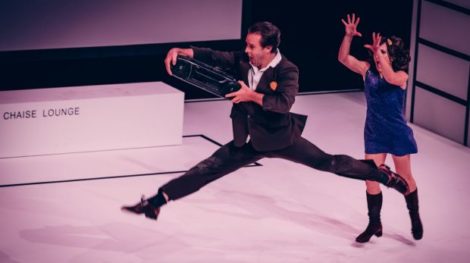

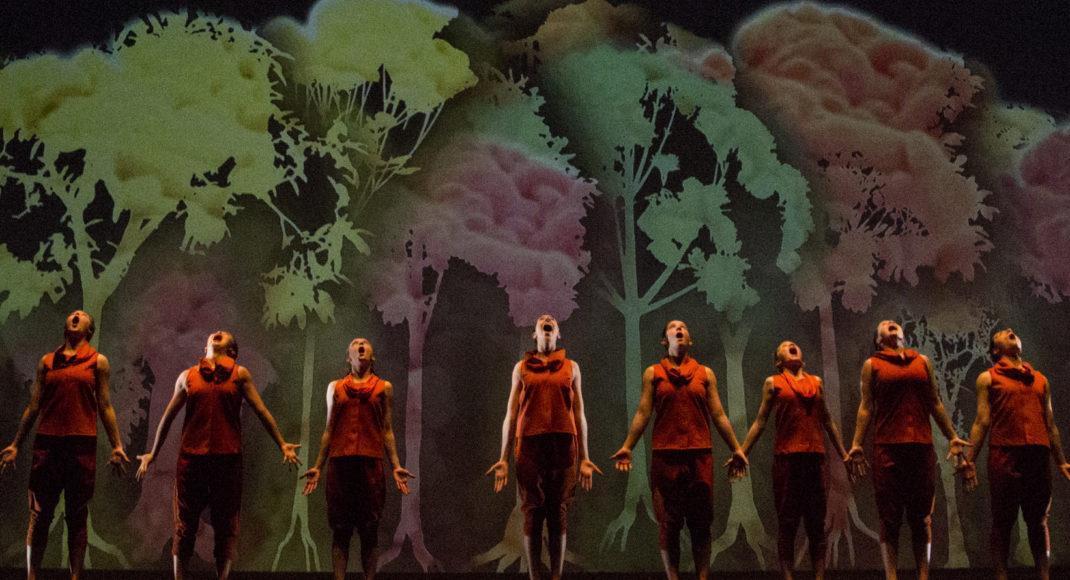
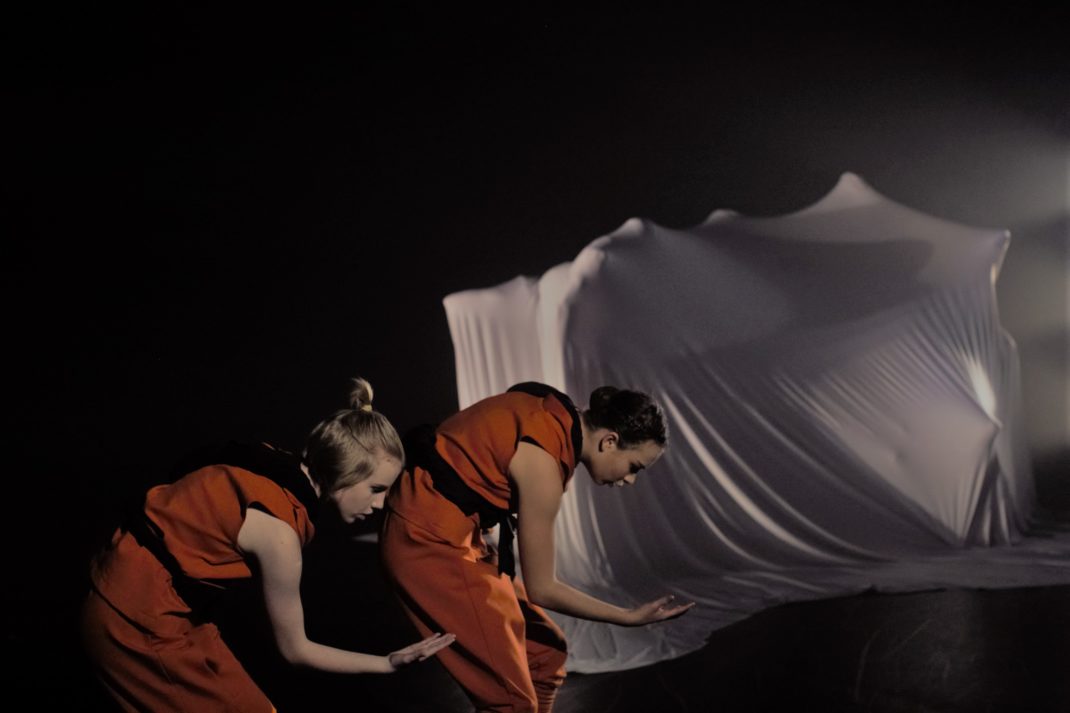
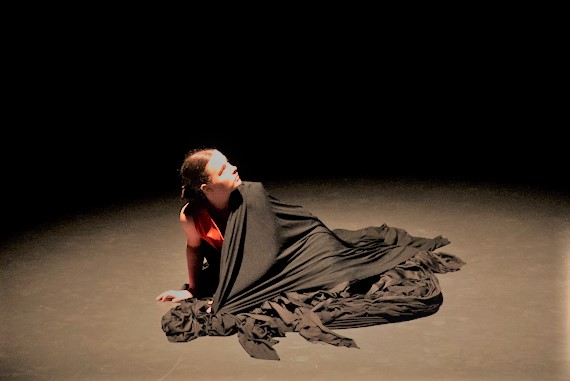
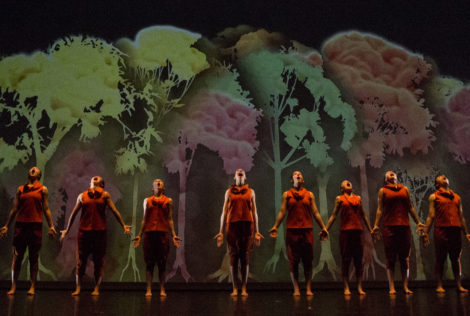
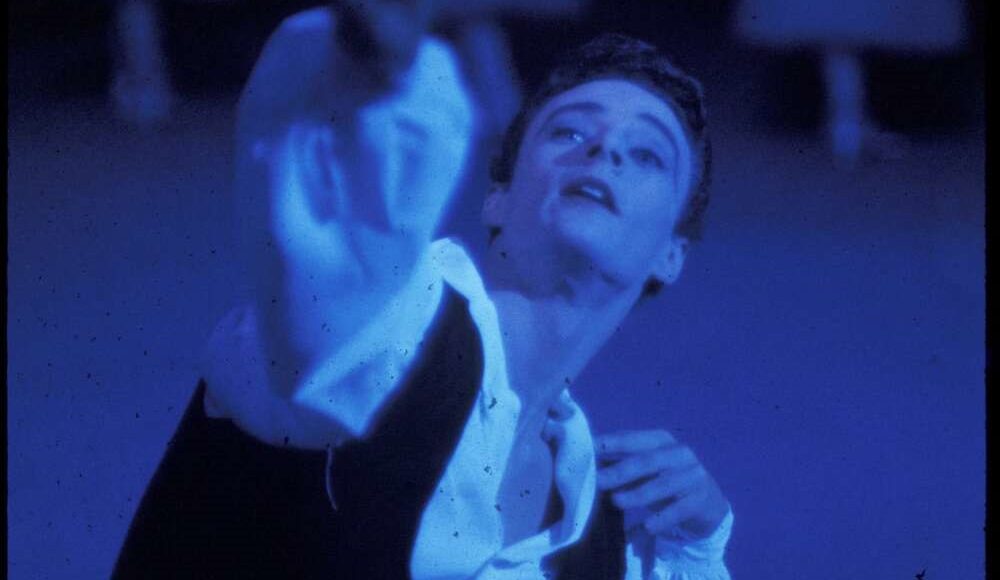

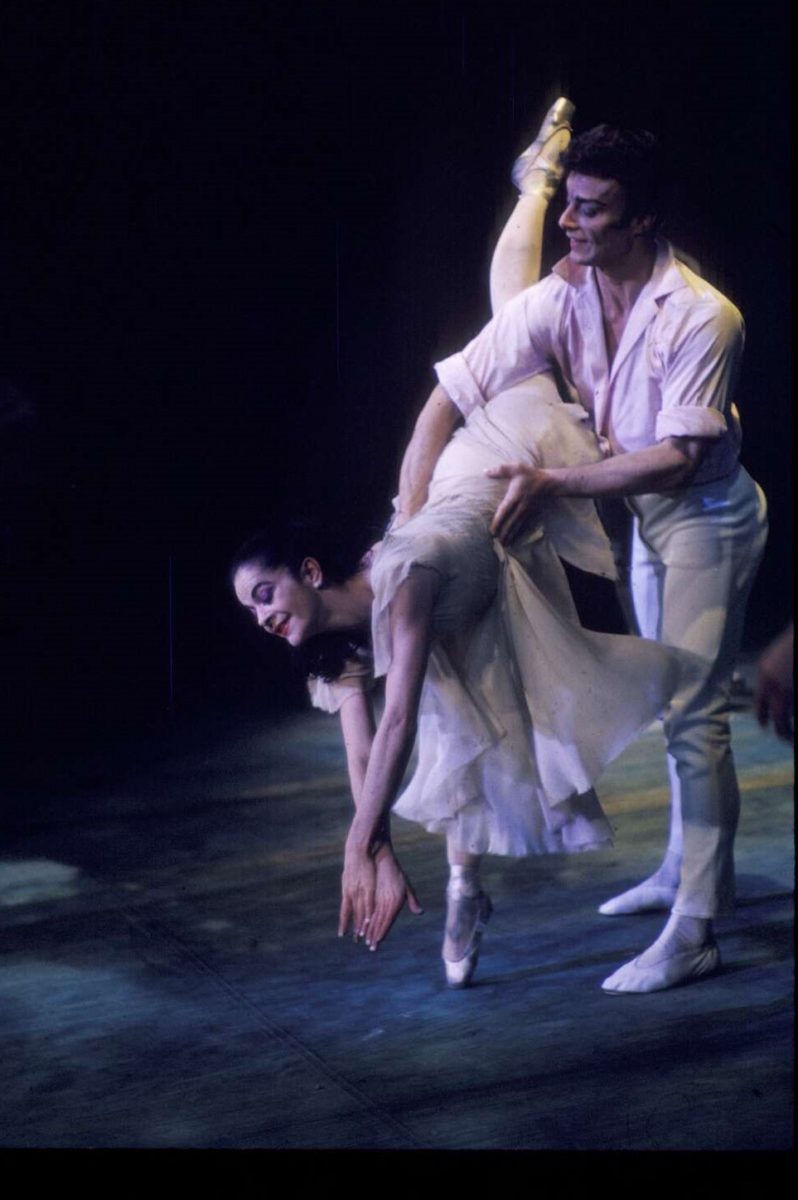
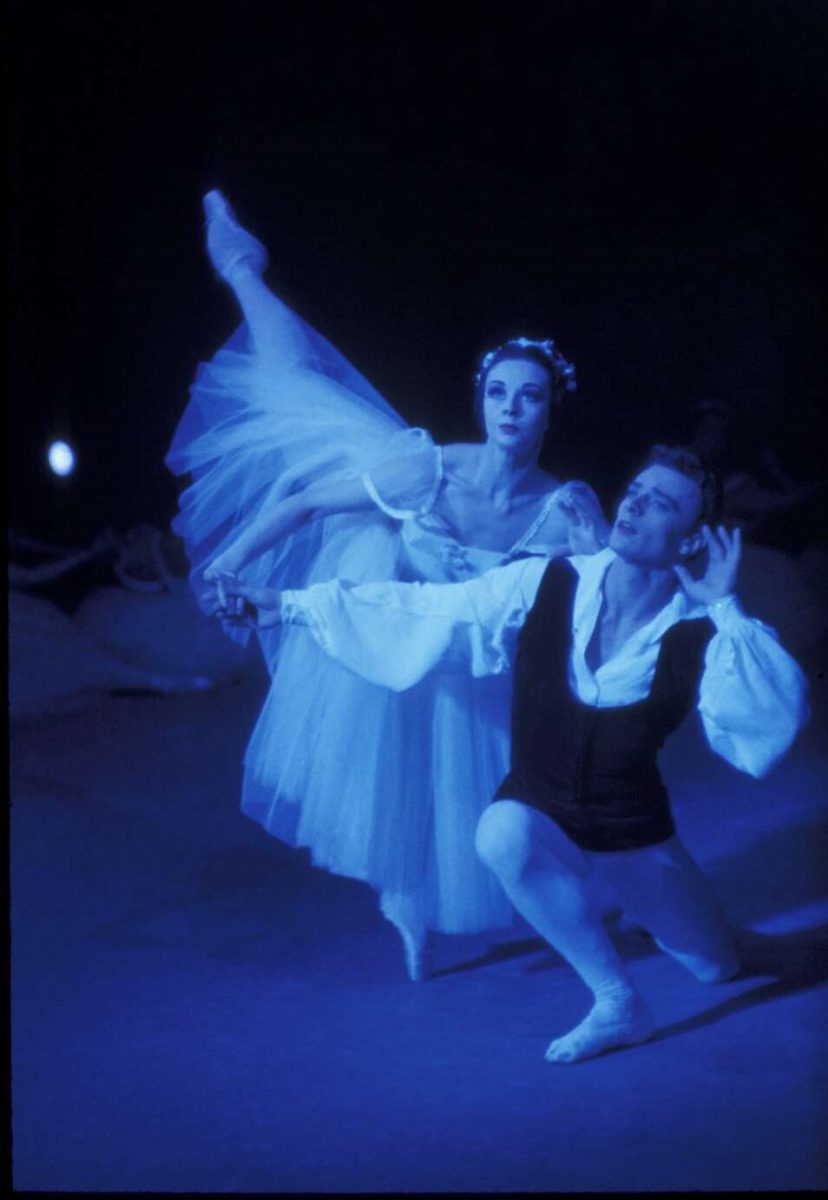
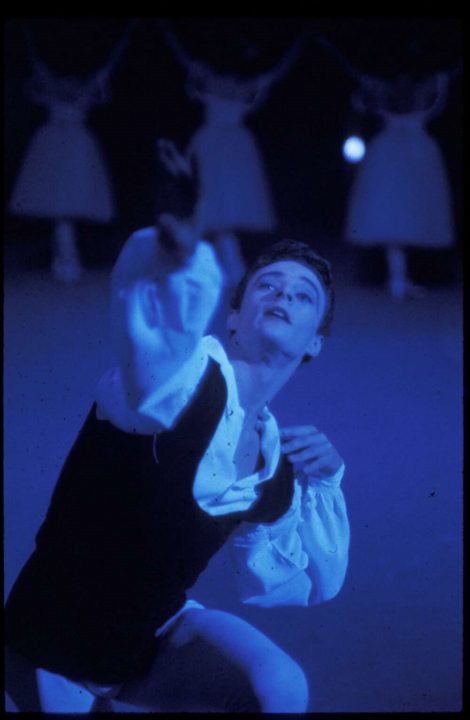
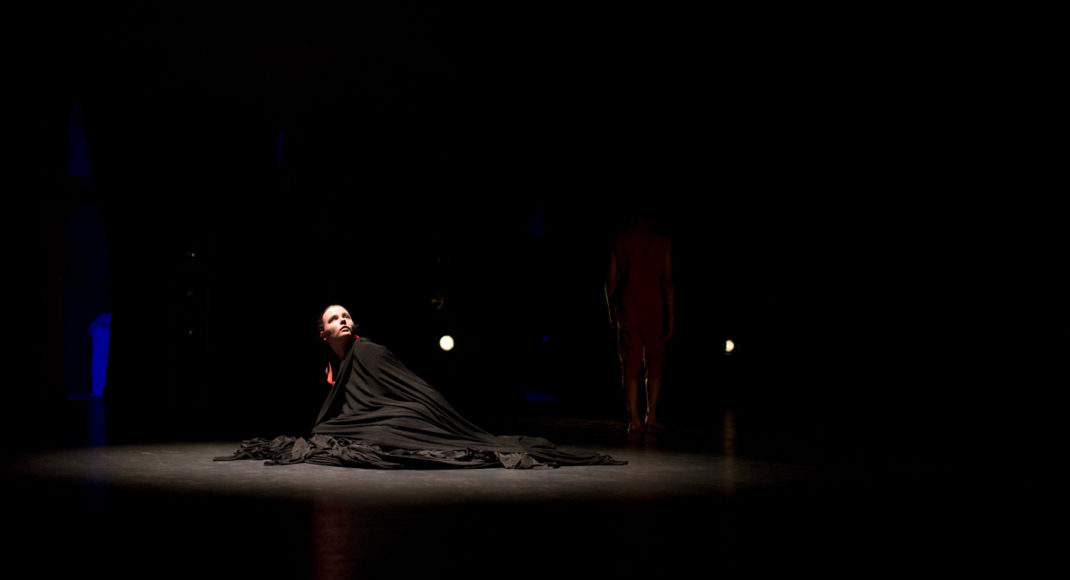
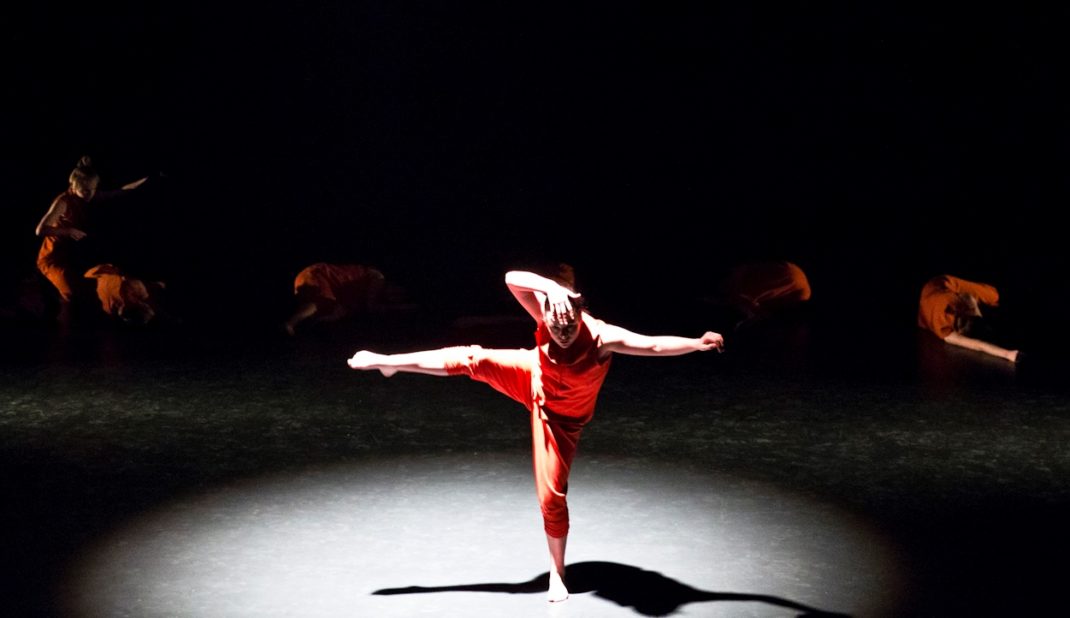



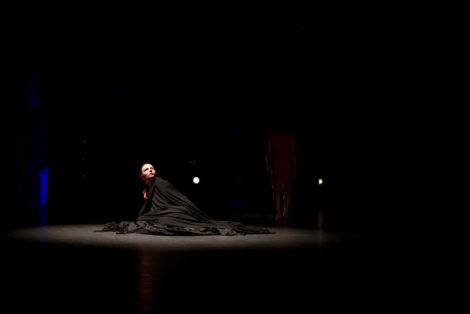

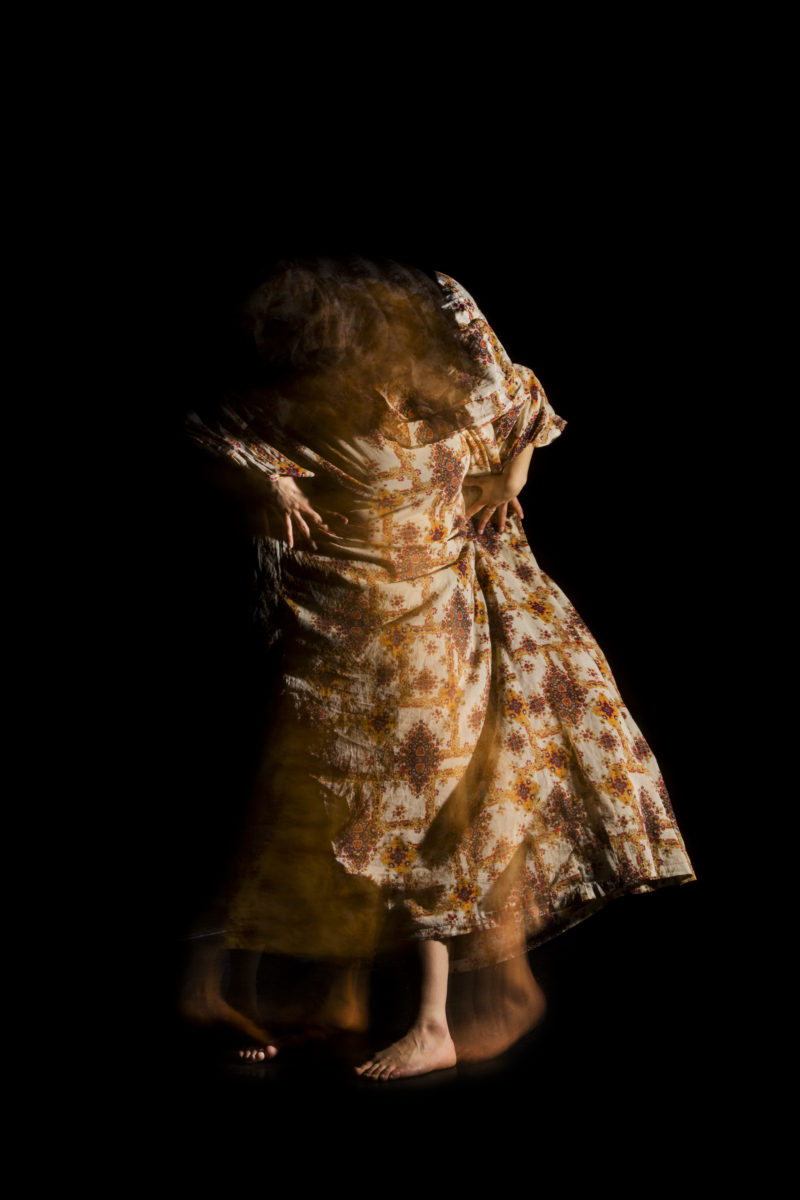

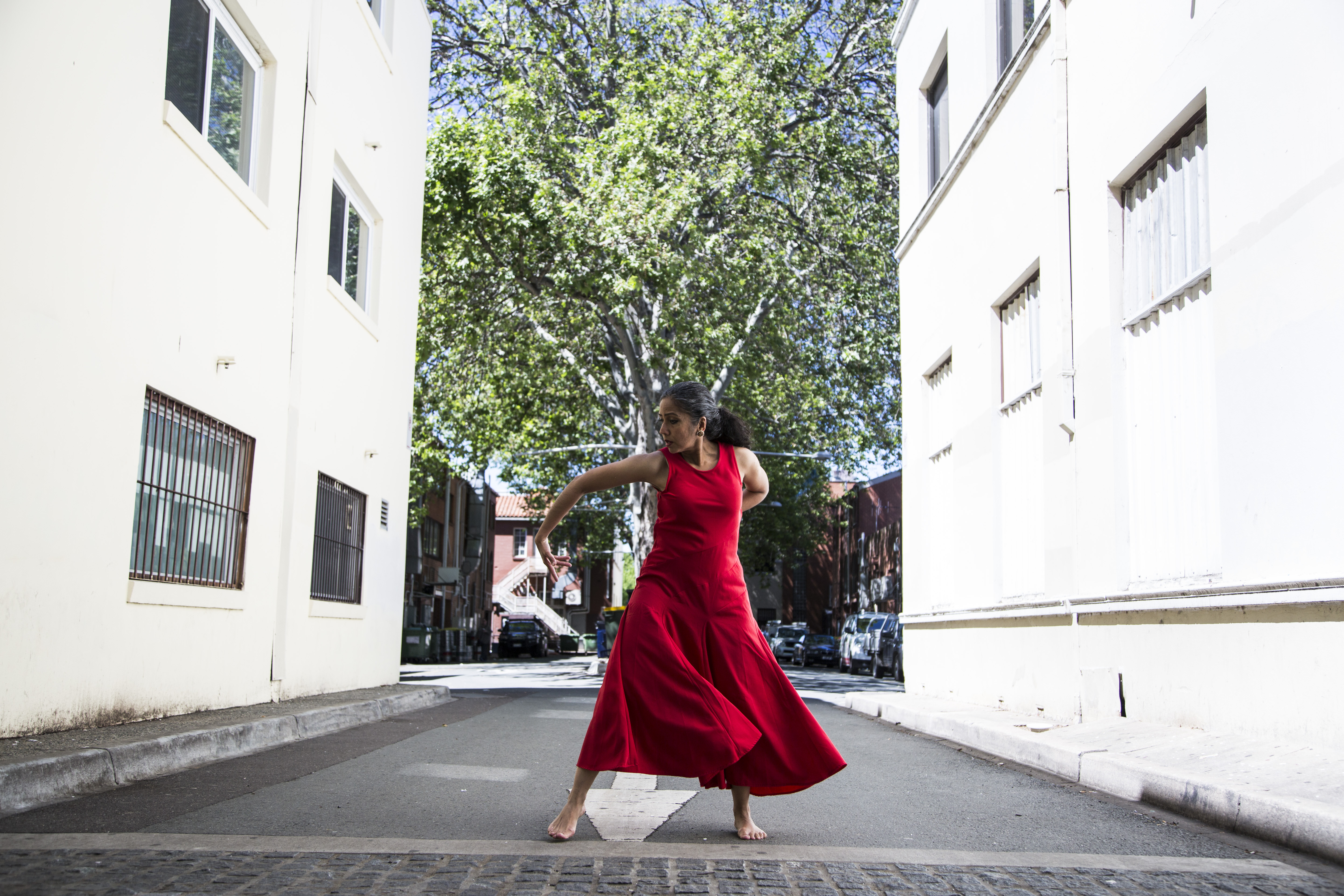
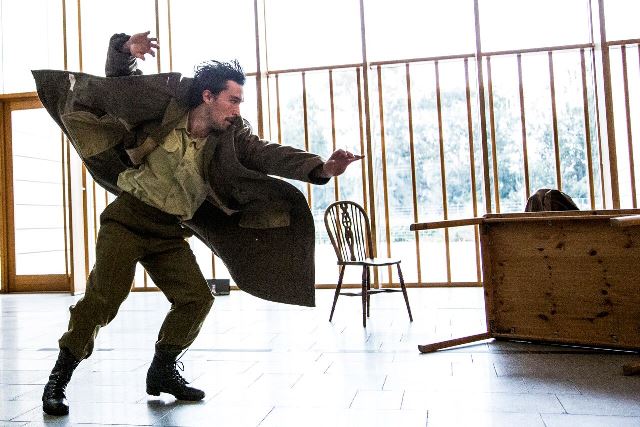
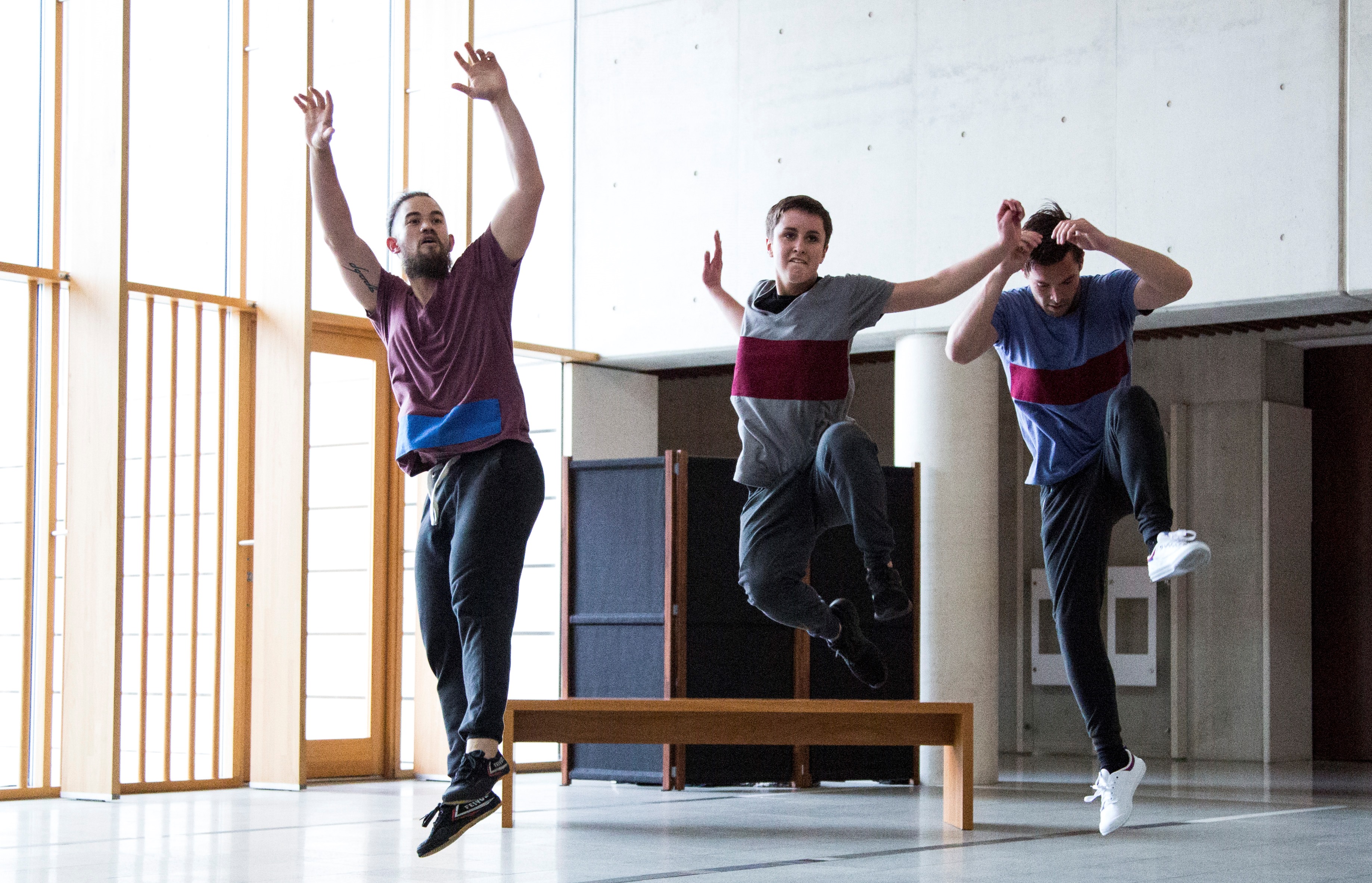
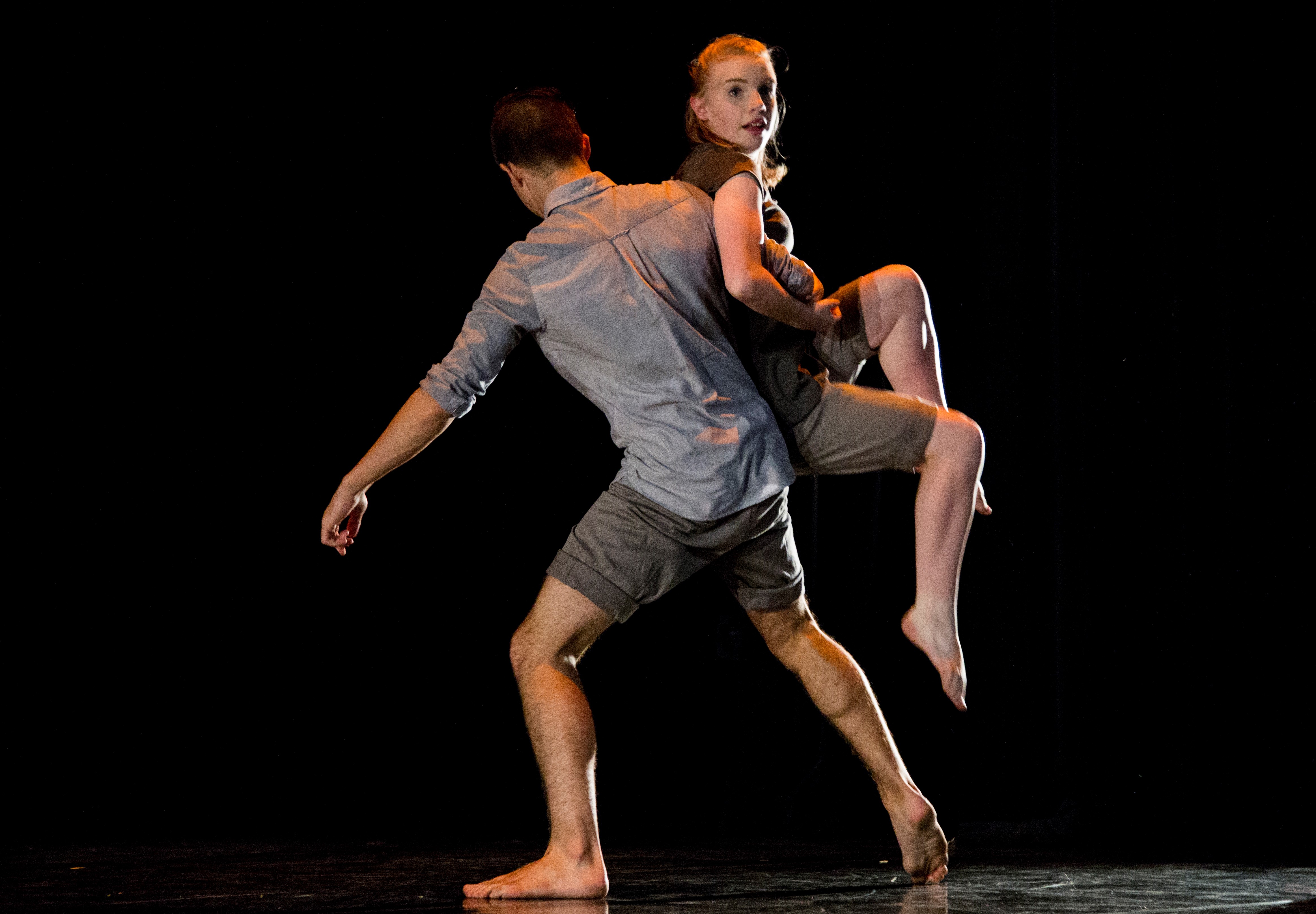
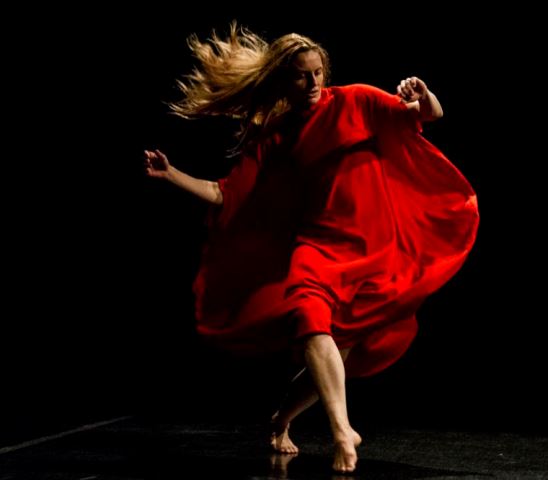
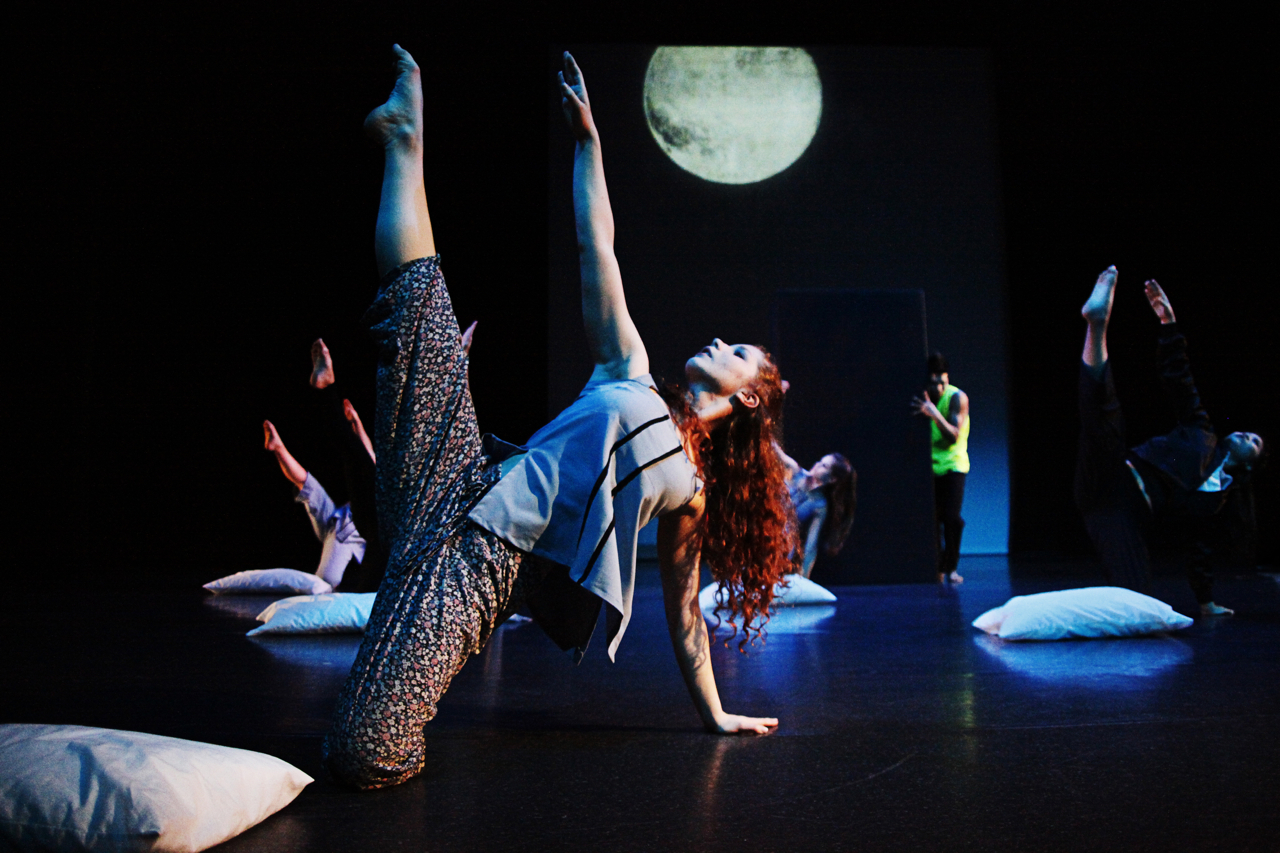
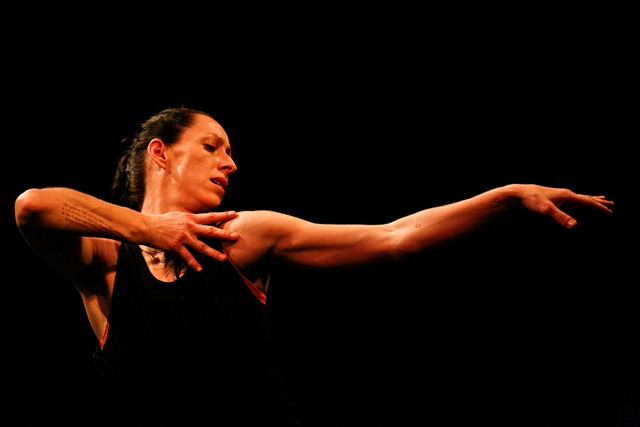
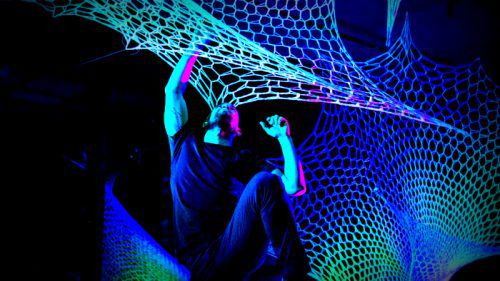
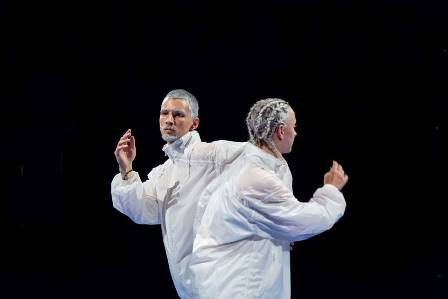
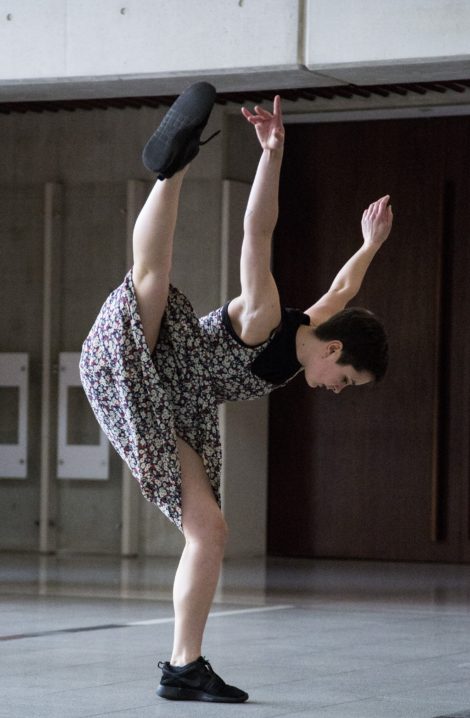
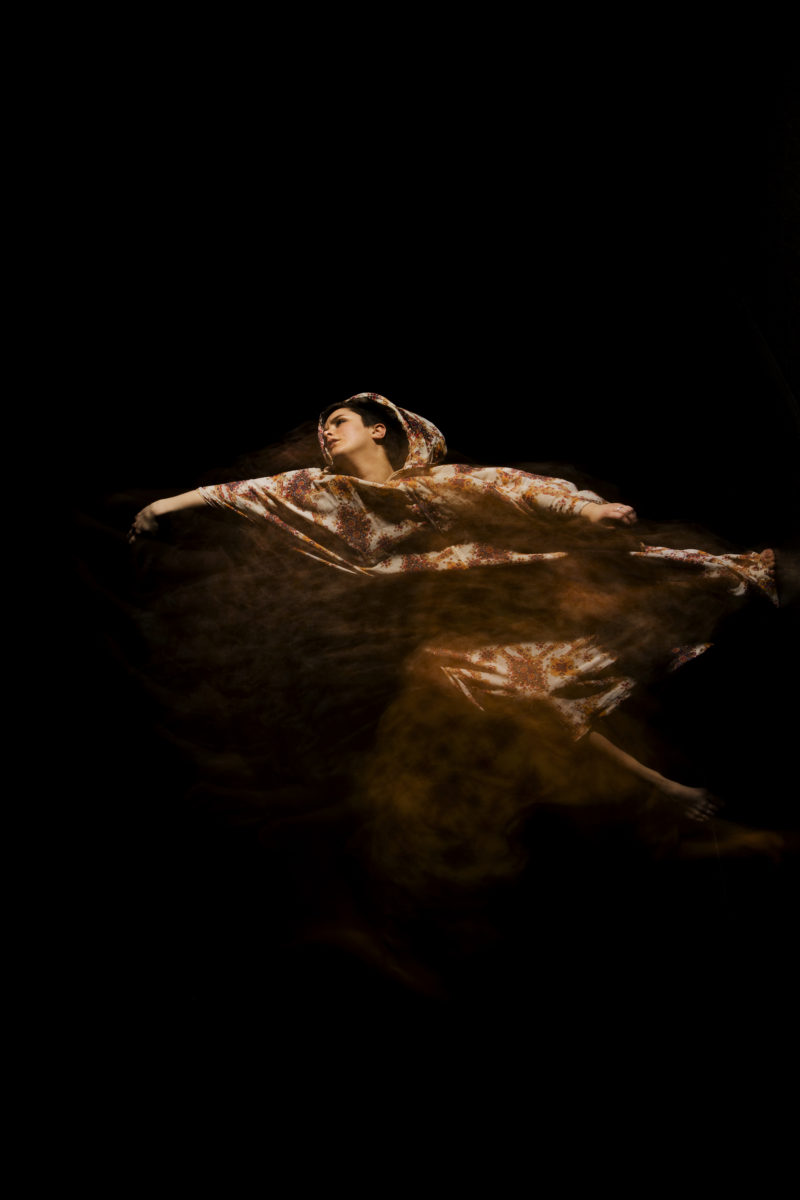
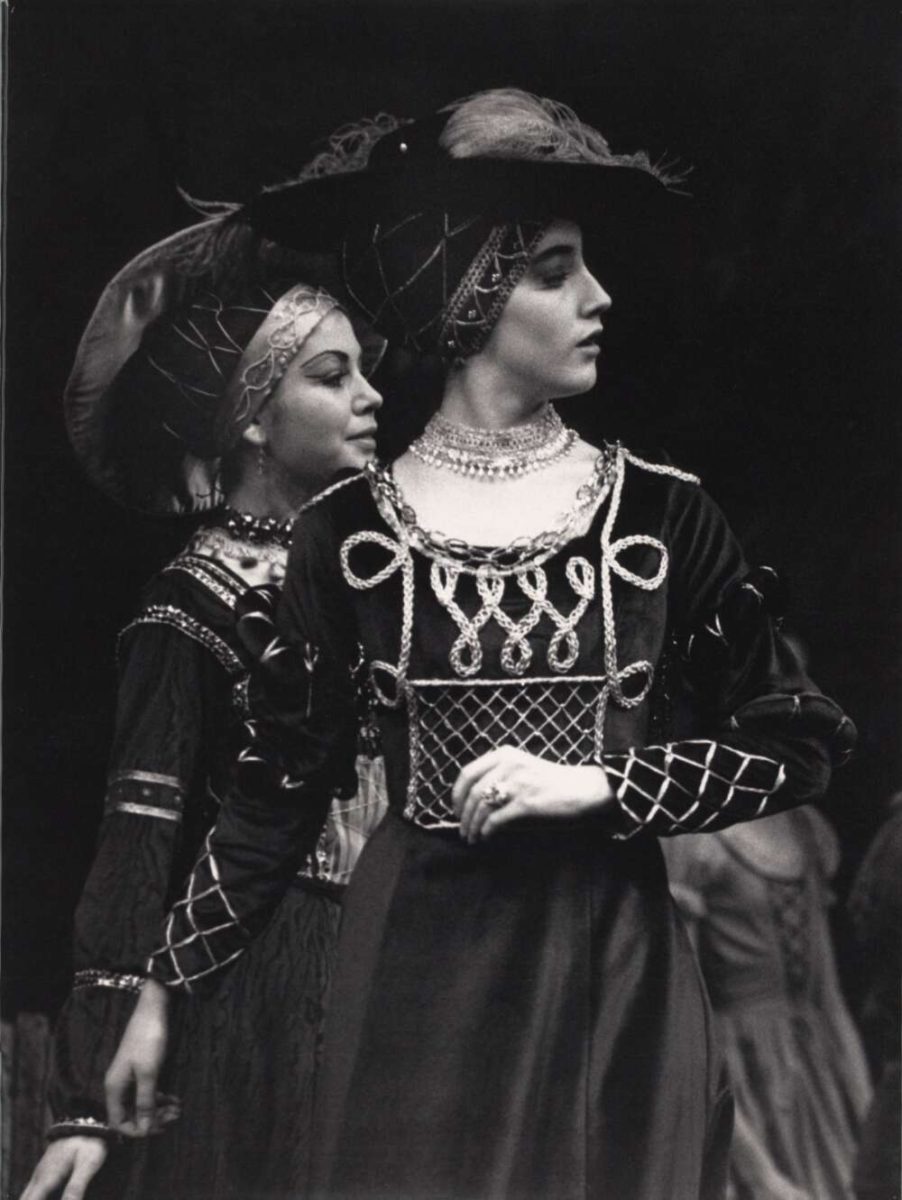
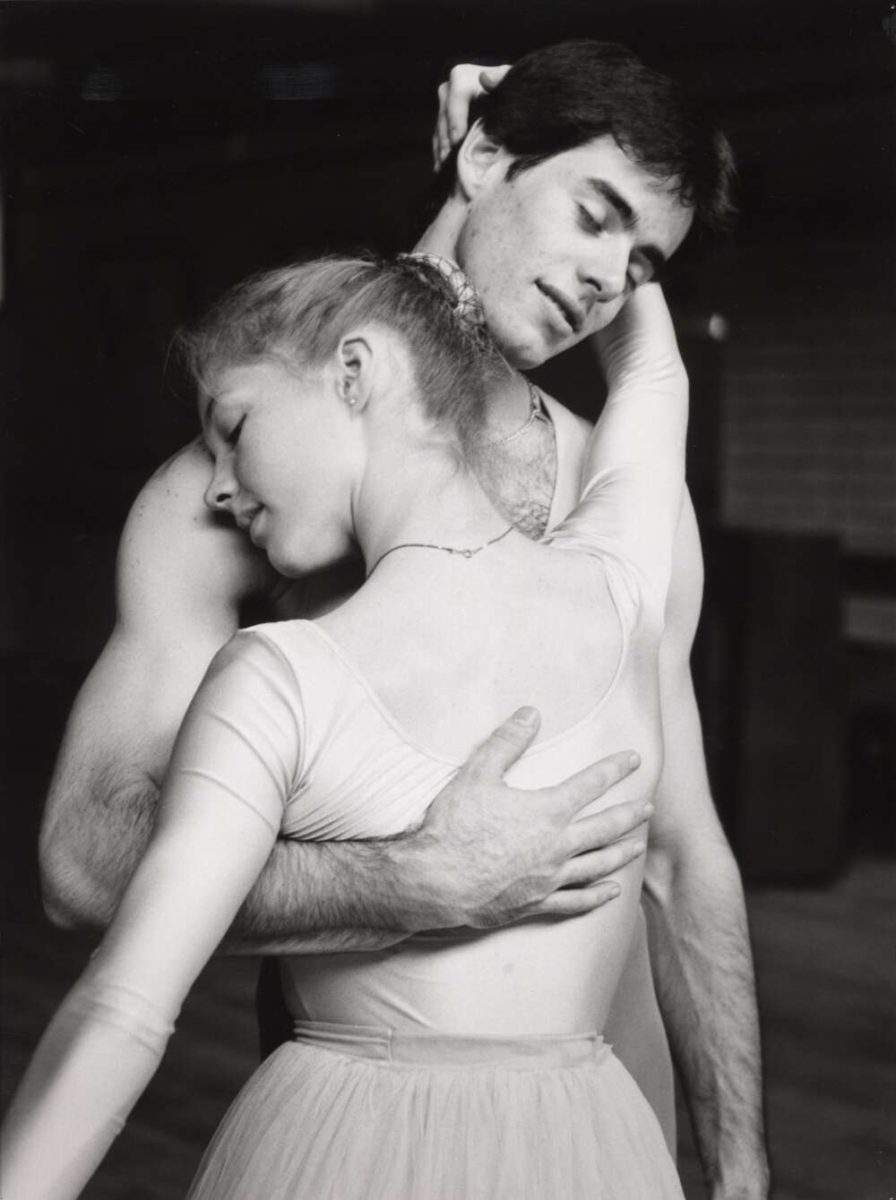
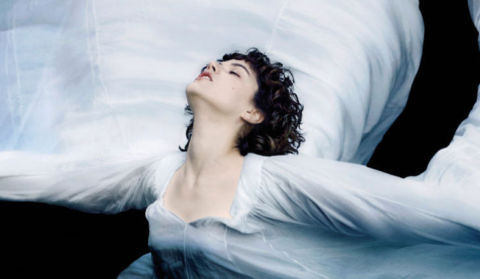
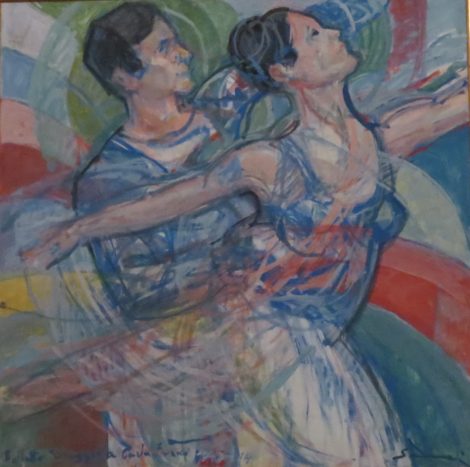
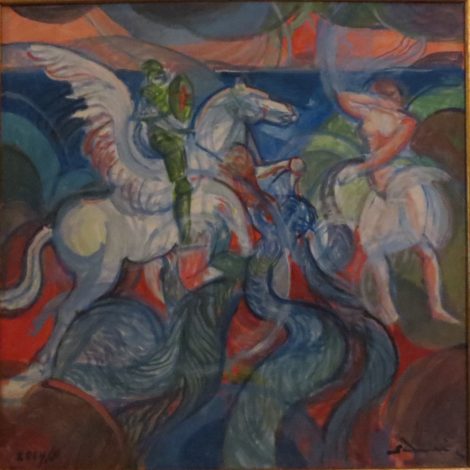 –
–